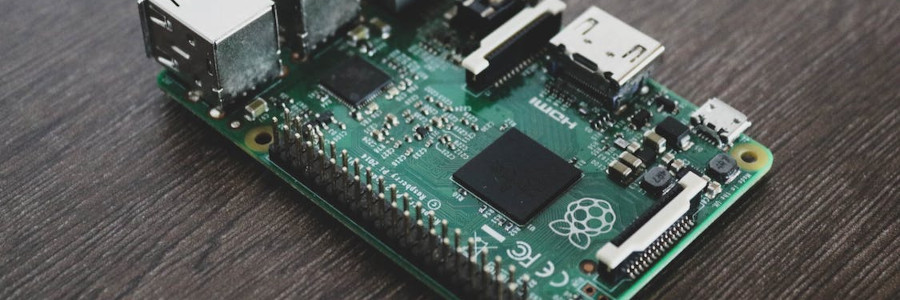 The role of AI in technical writing: will writers be replaced
The role of AI in technical writing: will writers be replaced
Several best practices can be leveraged by organizations that have adopted AI for technical writing.
This article has been withdrawn
